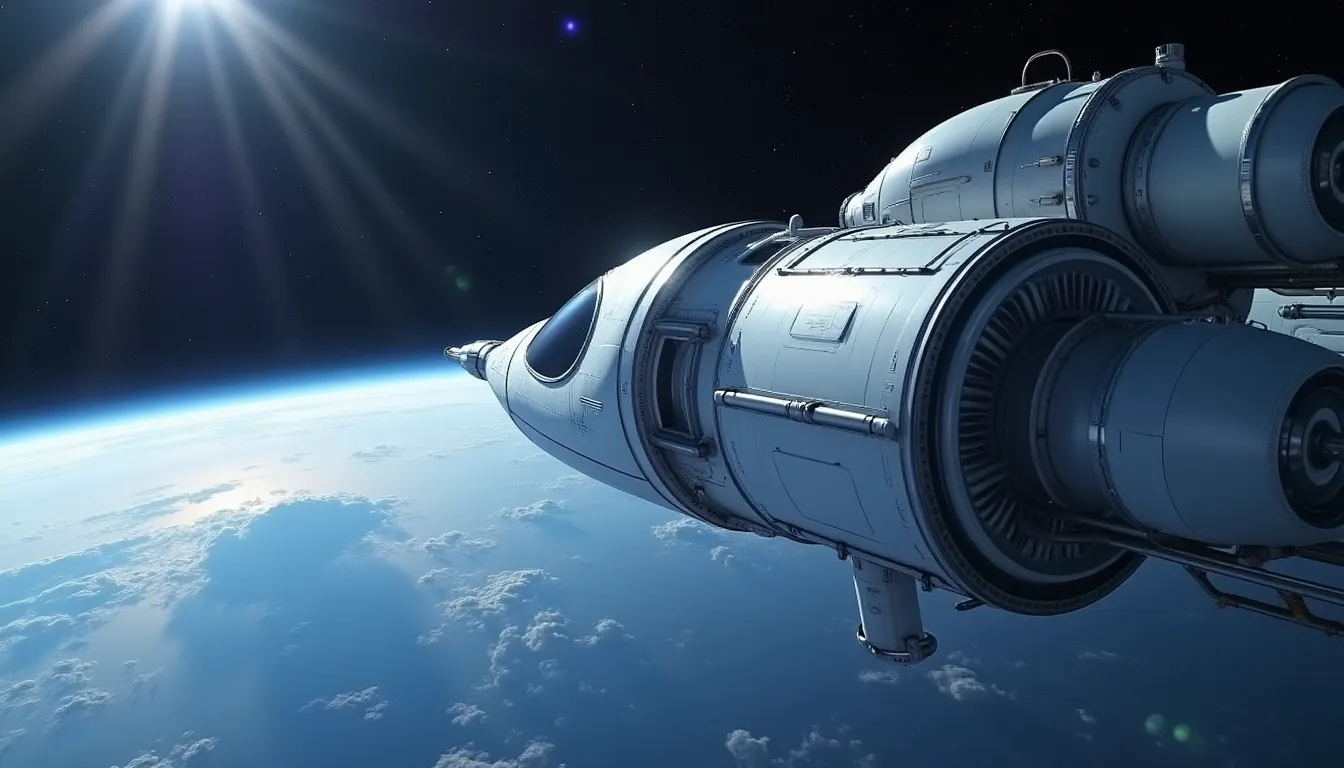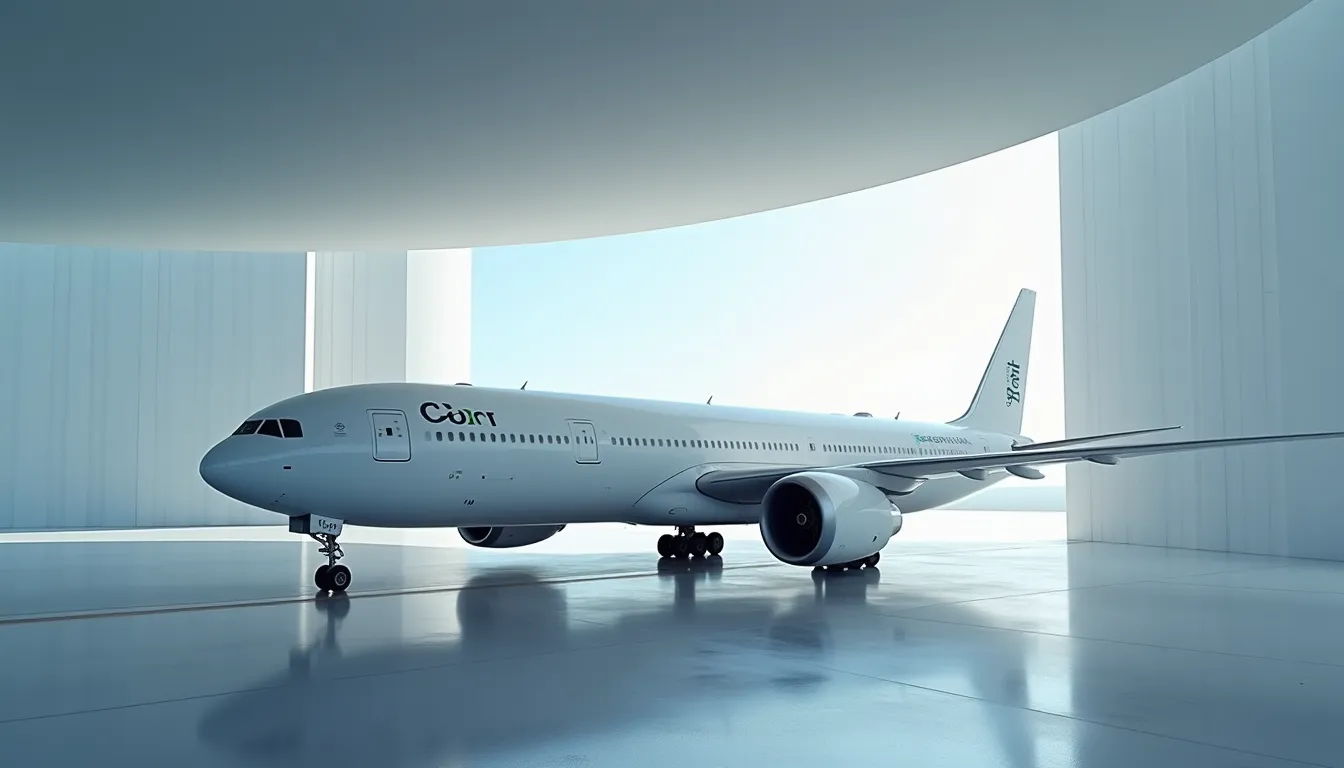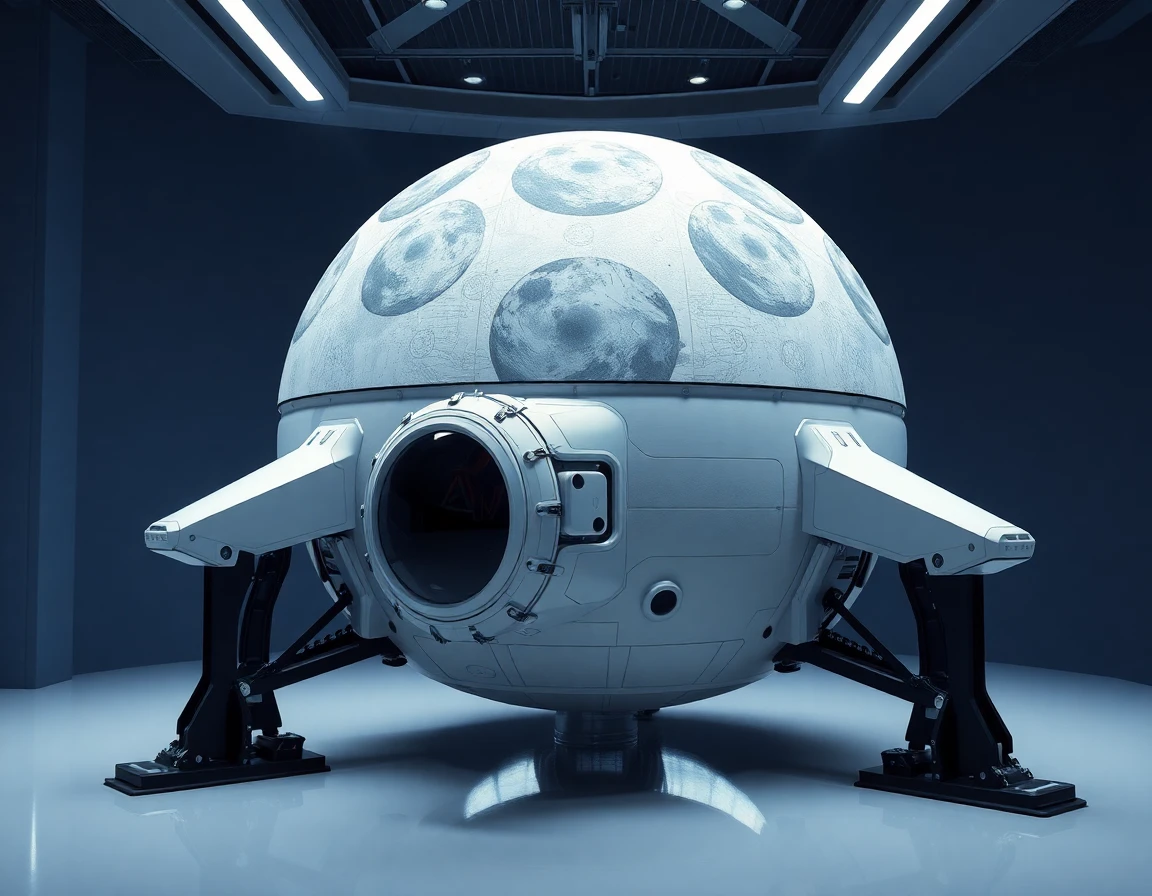On October 31, 2025, at precisely 11:44 p.m. Beijing Time, China successfully launched the Shenzhou-21 crewed mission from the Jiuquan Satellite Launch Center. This mission not only showcases China’s growing capabilities in space technology but also represents a significant advancement in the ongoing Tiangong space station program. Aboard this mission is a diverse three-person crew, including the youngest taikonaut in China’s history, and for the first time, live mammals—a group of four mice—were included for biological research in microgravity.
Launch Overview and Crew Composition
The Shenzhou-21 spacecraft was propelled into orbit by the Long March-2F (CZ-2F/G) rocket, China’s sole crew-rated launch vehicle. The mission is set to last six months, with the crew composed of:
- Zhang Lu, Commander and veteran of the Shenzhou-15 mission.
- Wu Fei, Flight Engineer, age 32, making his inaugural flight and recognized as the youngest taikonaut.
- Zhang Hongzhang, Payload Specialist, also on his first spaceflight.
This mission marks the 10th crew rotation to the Tiangong space station, which has been continuously occupied since June 2021. The crew will replace the Shenzhou-20 team, who have been aboard since April 24, 2025.
Advancements in Autonomous Docking Technology
One of the most remarkable achievements of the Shenzhou-21 mission is its docking efficiency. The spacecraft autonomously docked with the Tianhe Core Module of the Tiangong space station just 3.5 hours after launch, setting a new record that is approximately three hours faster than its predecessor, Shenzhou-20. The entire rendezvous process was completed at 3:22 a.m. Beijing Time on November 1, 2025, showcasing China’s advances in autonomous rendezvous and docking technology, critical for future deep-space missions.
Scientific Research and Technological Contributions
During their six-month mission, the Shenzhou-21 crew is set to conduct 27 scientific and applied research projects covering various fields, including:
- Space Life Sciences: Investigating the effects of microgravity on living organisms, particularly the four live mice onboard.
- Biotechnology and Space Medicine: Understanding biological processes in space for future long-duration human missions.
- Space Materials Science: Studying material behaviors in microgravity to improve terrestrial applications.
- Microgravity Fluid Physics and Combustion: Exploring fluid dynamics and combustion processes to enhance safety in space missions.
- New Space Technologies: Developing and testing advanced systems for future exploration missions.
The inclusion of live mammals is particularly significant as it opens new avenues for biological research in space, potentially leading to breakthroughs in health and medicine.
Leveraging Advanced Technologies
The success of the Shenzhou-21 mission is also attributed to various advanced technologies, including precision accelerometers and advanced sensor modules. These technologies enhance the spacecraft’s navigation and control systems, ensuring safe and efficient operations in low-Earth orbit. The Advanced Sensor Module, featuring a 9-DOF MEMS IMU, integrates three-axis gyroscope, accelerometer, and magnetic sensors, providing exceptional stability and motion sensing capabilities crucial for autonomous docking.
Strategic Importance of the Tiangong Space Station
The Tiangong space station, approximately 20% the mass of the International Space Station (ISS), is a pivotal asset for China’s space exploration strategy. With ambitions to maintain a permanently inhabited station for at least a decade, the ongoing Shenzhou missions are integral to expanding its capabilities. Plans are underway to add new modules to Tiangong while exploring potential commercial activities, thus positioning China as a key player in the future of space exploration.
The Future of Human Spaceflight
As the Shenzhou-21 mission progresses, it not only exemplifies China’s growing expertise in human spaceflight but also underscores the nation’s commitment to scientific innovation. The successful use of advanced navigation systems, including high-performance MEMS accelerometers, will pave the way for future exploration missions, including potential lunar landings and other deep-space endeavors.
Conclusion
The Shenzhou-21 mission represents a significant leap forward for China’s space program, showcasing advancements in autonomous docking technology and introducing groundbreaking scientific research capabilities. With its diverse crew and ambitious research objectives, China is poised to continue its ascent in the realm of international space exploration. The integration of live mammals into the mission is particularly noteworthy, indicating a progressive approach to understanding biological processes in space, essential for supporting long-term human presence beyond Earth.
As the world watches, the Shenzhou-21 mission will undoubtedly play a crucial role in shaping the future of human spaceflight and extraterrestrial exploration.
References
-
China launches Shenzhou-21 crewed spaceship for new … (english.www.gov.cn) - 11/1/2025 The Shenzhou-21 mission has set a new milestone — the fastest rendezvous and docking ever achieved in the history of Shenzhou missions.
-
China launches Shenzhou-21 mission to Tiangong space … (www.channelnewsasia.com) - 11/1/2025 China has bold plans to send a crewed mission to the Moon by the end of the decade and eventually to build a base on the lunar surface. The …
-
China launches Shenzhou 21 mission, carrying 3 taikonauts (www.cbsnews.com) - 10/31/2025 China launches Shenzhou 21 mission, carrying 3 taikonauts - and 4 mice - to replace space station crew. By Qian Zhao. Updated on: October 31, …
-
China launches Shenzhou 21 astronauts to Tiangong … (www.space.com) - 10/31/2025 Shenzhou 21, China’s latest astronaut mission, made it to the Tiangong space station after a Friday (Oct. 31) launch from the Gobi Desert.
-
China launches crewed Shenzhou-21 mission (www.nasaspaceflight.com) - 10/31/2025 The Shenzhou-21 launched aboard a Chang Zheng 2F/G (CZ-2F) on Friday, Oct. 31, at 11:44 PM CST (15:44 UTC). The vehicle lifted off from Site 901 …
-
Shenzhou-21 docking (www.youtube.com) - 10/31/2025 The Shenzhou-21 crew spacecraft autonomously docked to the forward port of the Tianhe Core Module (天和核心舱) on 31 October 2025, …
-
Shenzhou 21 (en.wikipedia.org) - 4/26/2025 Shenzhou 21 is a Chinese spaceflight to the Tiangong space station, launched on 31 October 2025. It carried three taikonauts on board a Shenzhou spacecraft.



